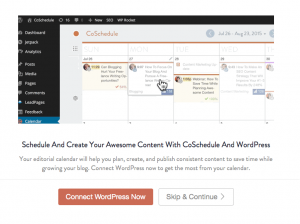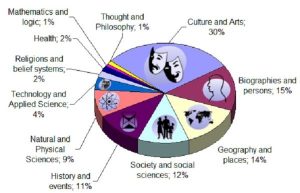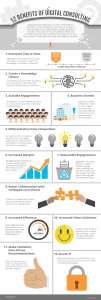— January 30, 2018
Last week we looked at the ruinous effects of the Bullshit Industrial Complex (BIC) on the original and authentic thought leadership produced by well-meaning people and good brands. This week, I’d like to talk about the value of our inside voices in building really great thought leadership programs that aren’t BS. (As an aside, I think we need a new term for thought leadership; I just don’t know what it should be).
Having executives who are actual thought leaders (meaning they know enough about something to add new ideas to it) is well and good, but before you shove them onto a stage or into a magazine, your first audience should be your employees.

Here come the boxers
A lot of organizations forget that part, which is too bad. They’re the boxers, and what they do is bop their customers on the nose over and over with apparently random acts of marketing, loosely labeled as thoughts. Many of them are also sucker punching their employees by having public thoughts, either without letting them know or without giving them enough information and context to attempt an evasive move.
When you forget to include your employees, you end up with a giant disconnect between your internal (employer) brand and your external (market) brand. Inconsistent conversations create inconsistent experiences and that, my friends, is how we get lousy engagement and crappy customer service.
Now I didn’t just fall off the turnip truck, and I know that a lot of content is less planned than extruded at the last minute to prop up a campaign or an event, but let’s pretend you also actually have a thought leadership strategy and a content plan for the year built on those thoughtful themes.
Why not order some pizza, book a room and fly that bad boy past some of your customer-facing employees to see if it hunts? Here are some questions to ask:
- Do we have the right themes for this year?
- Does our thought leadership feel authentic for the organization?
- What are you hearing in the industry that nobody is addressing very well?
- What content could we add to this that would answer common questions?
- Which of these bits of content could you use to gain access to a prospect or a customer?
- Can any of this be expanded into an industry presentation?
- What types of content would you like more or less of (e.g. video, podcasts, graphics, presentations)
- What opportunities do you see for our thought leaders to get outside and play a little more?
Don’t stop with the customer-facing folks; this is your big chance to get your backroom people in other parts of the business to take a peek under all that deep thought and see what’s going on. They may not be your target market, but they probably know a thing or two about your industry, your products, your customers and larger themes in your corner of the world. The worst that happens is you eat soggy pizza and listen to them talk about Netflix for an hour.
The next opportunity, and in my view, the most valuable, is to let your thought leaders try out their material on your employees. One of the best town halls I’ve ever attended was actually a rehearsal for a user conference. It was a wonderful way for the executives to practice their speeches in front of a friendly audience (or one, at least, with incentives not to throw food), and it gave the employees, most of whom wouldn’t be at the conference, a sense of what actually went on there. Based on the questions, we also had the chance to tweak the material a little.
Here are some other ideas for sharing the thought leadership love:
- Have a launch party for your latest e-book or white paper, complete with an author signing
- Do a trivia contest based on the information in the content, so people need to at least glance at it
- Do a small survey asking employees to choose between a couple of design concepts for an upcoming infographic
- Challenge employees to share content and articles and events on LinkedIn, Instagram or Twitter. Recognize the people who are getting some traction
- If you publish physical content, such as books, consider giving every employee an advance copy
- Make sure any media coverage, videos of your speakers and slide decks are quickly available on your intranet or collaboration platform
- All of the above will fail unless you grab some briefs
Now the briefs
The possibilities are endless, but everything on this list is ultimately doomed if employees are getting bopped on the nose by your boxer tactics. Time to put on some briefs, my friends. And by that, of course, I mean creating a simple template that helps your employees understand what the content is, how they can talk about it and offers some tools to help them share.
The key is to make sure your front-line managers get this a day or so ahead of everyone else. This gives them time to figure out how to answer any questions their teams may have. If the content is sufficiently complicated, you might even do up a little managers’ guide with FAQs and resources.
I also recommend you have a slightly different version for customer-facing people, such as sales and service reps. They typically need a little more support to feel confident sharing the information.
Business & Finance Articles on Business 2 Community
(47)





